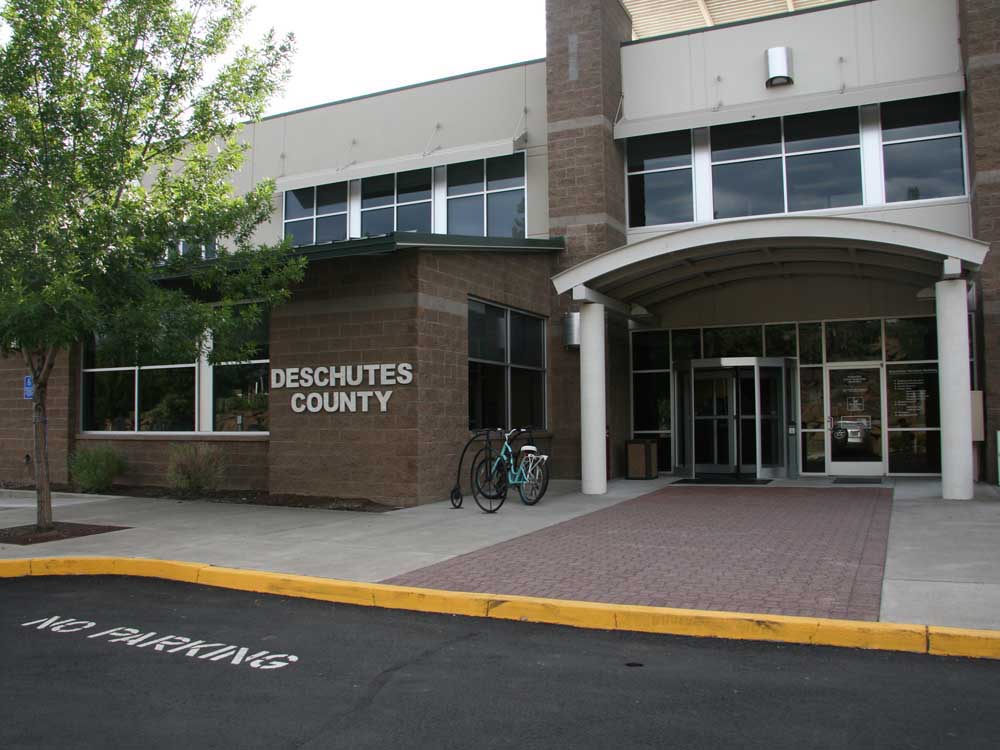Brown creeper camouflages well
Published 12:00 am Wednesday, August 27, 2014

- Courtesy U.S. Fish and Wildlife Service / Submitted photoClose up view of a brown creeper taken while bird banding at the Bureau of Land Management’s Campbell Tract in Anchorage, Alaska.
Brown creeper
Scientific name: Certhia americana
Characteristics: A small songbird that averages 5 inches in length, with mottled brownish upperparts, white underparts and a pointed, down-curved bill. A white eyebrow extends across the face. The stiff, pointed tail feathers are used to brace against a tree trunk. In flight, a buffy wing arc is visible.
Breeding: Builds a nest of grass and conifer needles, woven together with spider silk, beneath loose bark. The female lays five to six eggs and incubates them for 14-17 days; the young fledge at about two weeks old.
Range: Found throughout the U.S., southern Canada, and southern Alaska and into Mexico. Migratory in the Midwest, but breeds across the West, Northeast and portions of Mexico.
Habitat: During the breeding season, found in coniferous or deciduous woodlands with pine, fir, hemlock or aspen trees. During the winter, moves down to lower elevation woodlands, woodlots and residential areas.
Food: Eats insects, larvae, seeds and nuts and as the bird ascends a tree trunk.
Comments: The bird’s plumage camouflages it against a tree trunk. When looking for prey, the creeper may ascend a tree trunk in a spiral search pattern, then fly off to another tree base and repeat the process. Non-birders might mistake the creeper for a woodpecker due to its long, curved bill and habit on using its tail feathers to brace against a tree. Flight is usually direct and of a short distance. Certhia means “a true creeper” and americana means “of America” in reference to its distribution. A group of creepers is known as a “spiral” or “sleeze.”
Current viewing: Woodlands in the Deschutes and Willamette National Forests, Deschutes River Trail and Metolius River Trail.
— Damian Fagan is an East Cascades Audubon Society volunteer and COCC Community Learning instructor. He can be reached at damian.fagan@hotmail.com.
Sources: Oregon Department of Wildlife Resources, whatbird.com and “The Audubon Society Encyclopedia of North American Birds” by John Terres






